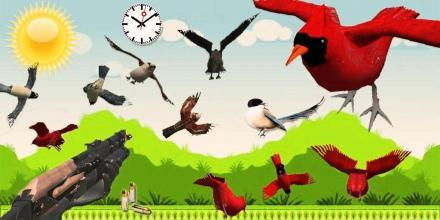Dodo Bird: The Iconic Extinct Species, Its Habitat, and Legacy
The dodo, a flightless bird native to the island of Mauritius, has become an iconic symbol of extinction. This article delves into the characteristics of the dodo, its habitat, and the profound impact its extinction has had on conservation efforts worldwide. Understanding the dodo bird illuminates the broader issues of biodiversity loss and the importance of protecting endangered species today.
The dodo, a flightless bird native to the island of Mauritius, has become an iconic symbol of extinction. This article delves into the characteristics of the dodo, its habitat, and the profound impact its extinction has had on conservation efforts worldwide. Understanding the dodo bird illuminates the broader issues of biodiversity loss and the importance of protecting endangered species today.

Characteristics of the Dodo
The dodo (Raphus cucullatus) was a large, flightless bird that stood about one meter tall and weighed around 10 to 18 kilograms. Its appearance was unique, characterized by a stout body, a large hooked beak, and tufted tail feathers. The bird’s feathers were grayish, and its size and shape contributed to its inability to fly, as its wings were insufficient for aerodynamics. Dodos had a distinctive anatomy that distinguished them from other birds, making them a subject of fascination and study.

Habitat of the Dodo
The dodo inhabited the lush forests of Mauritius, an ecosystem rich in biodiversity. The island was home to a variety of plant species and was an ecological paradise before human intervention. These birds built their nests on the ground, mainly using leaves and twigs, which made them particularly vulnerable to predators, especially after the arrival of humans and invasive animals. The loss of their natural habitat due to deforestation and human activities drastically reduced their population.

The Dodo’s Extinction
The extinction of the dodo in the late 17th century is attributed to several factors, primarily human activity. When Dutch sailors discovered Mauritius, they hunted dodos for food. Additionally, the introduction of non-native species — such as rats, pigs, and monkeys — led to predation on dodo eggs and competition for food resources. Within less than a century of its discovery by Europeans, the dodo vanished from the island, serving as a poignant example of how human impact can lead to irreversible ecological changes.
Legacy and Lessons Learned
The legacy of the dodo extends beyond its extinction; it serves as a powerful reminder of the need for conservation. The phrase “as dead as a dodo” highlights the finality of extinction and the responsibility humans bear to protect other endangered species. The story of the dodo has sparked a broader awareness of biodiversity issues, inspiring conservation movements that aim to preserve habitats and species at risk. The dodo’s fate has become a pivotal lesson in the importance of ecological balance.
In summary, the dodo bird epitomizes the consequences of human intervention in the natural world. From its unique characteristics and habitat to its tragic extinction, the dodo’s story emphasizes the critical importance of conservation efforts today. As we reflect on the legacy of the dodo, we must commit to safeguarding our planet’s diverse species to prevent further losses in the future.



